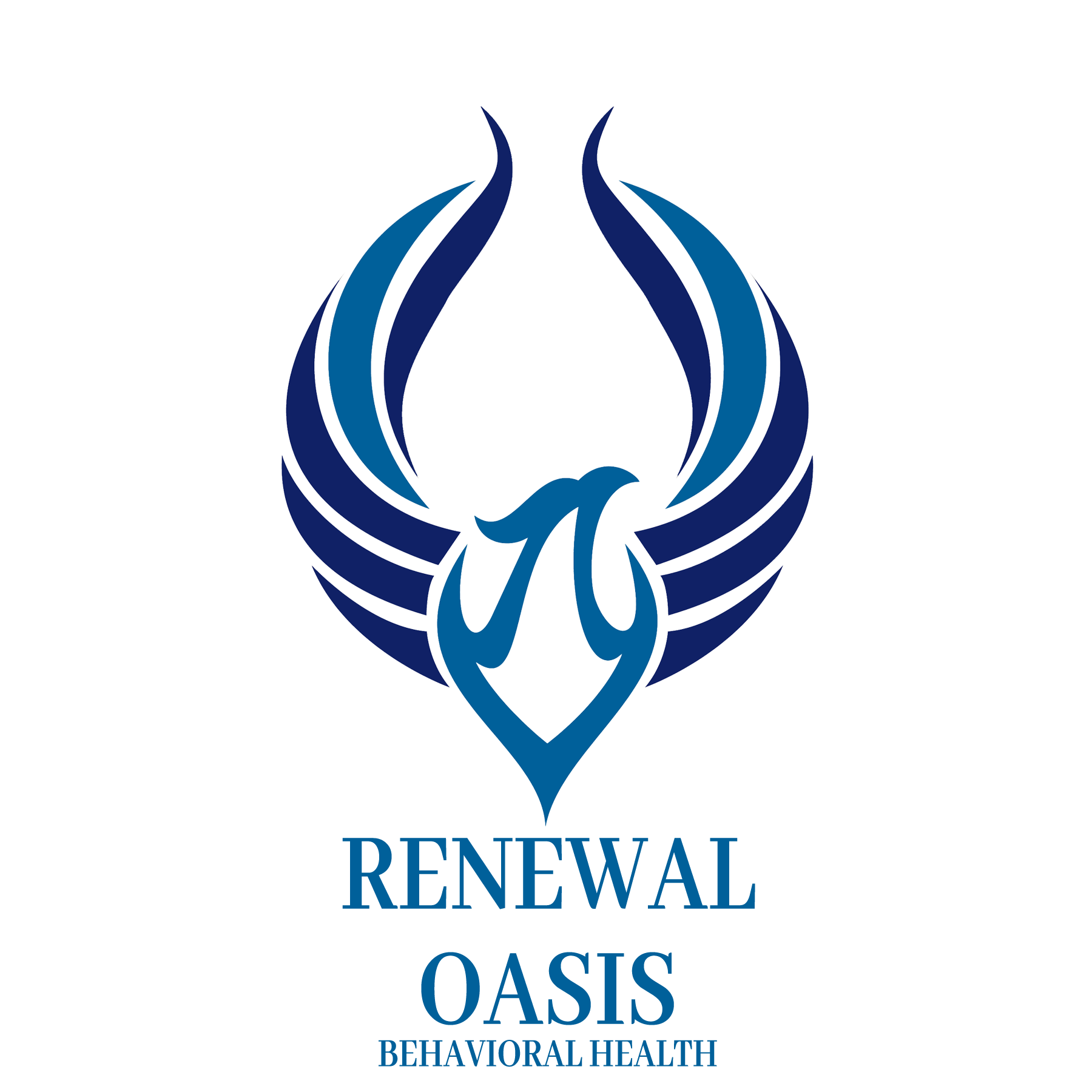Did you know that bipolar disorder symptoms in females can differ from those experienced by males? While many symptoms impact all genders, women have been shown to have some that are unique to them or more prevalent in nature.
Renewal Oasis created a program to help people suffering from bipolar disorder minimize the chaos of mood swings and improve their symptoms. Our staff is comprised of highly experienced and licensed mental health professionals who understand how bipolar disorder can cause instability and chaos in a person’s life. We also recognize that women can experience this challenging mental health disorder differently than men. Our therapists use their knowledge in this arena to help women minimize the symptoms of bipolar disorder and feel more in control of their moods.
Bipolar Disorder in Females
Some differences occur between women vs men when it comes to bipolar disorder. Keep in mind that the overwhelming majority of studies done as of today are based on a person’s biological gender (born male or female) rather than gender identity (identifying more with a different gender than the biological one).
While much of the experience of bipolar disorder happens to both women and men, bipolar disorder symptoms in females differ in some ways. While both males and females have bipolar I disorder at an equal rate, women develop bipolar II disorder more often. They also tend to move through their cycles of highs and lows more quickly.
Women also tend to develop the onset of bipolar disorder at an average of approximately five years later than men. Women are also more likely to have late-onset bipolar disorder. This means they develop the illness in their forties or beyond. Bipolar disorder typically has an onset in a person’s late teens or twenties.
Symptoms of Bipolar Disorder in Females
The most common bipolar disorder symptoms in females include two kinds. Manic episode symptoms include:
- Feeling excited and a sense of euphoria
- Feeling invincible
- Getting by on very little sleep
- Racing thoughts
- Difficulty staying on topic in a conversation
- Engaging in risky behaviors
Depressive episode symptoms can include:
- Deep depression
- Feeling hopeless
- Sleeping too much
- Insomnia
- Changes in appetite or weight
- Lethargy
- Isolating from others
- Cognitive difficulties
- Suicidal thoughts
Is Bipolar Disorder Different in Females vs Males?
Women who have bipolar disorder have more frequent physical and mental health conditions related to it. This includes depression brought on by bipolar disorder, migraines, thyroid disease, and weight gain related to medications taken to help treat bipolar disorder. Women also have a higher tendency to abuse alcohol as a way to assuage their symptoms of bipolar disorder.
Women often find that hormonal changes can affect the severity of their bipolar disorder symptoms. This includes hormonal shifts that occur during their menstrual cycles and menopause. Having said that, symptoms of premenstrual syndrome (PMS) are not the same thing as bipolar disorder.
Women who have a pregnancy become at risk for having an episode after they deliver their baby. A depressive episode is the most common symptom in this situation. Women who have either a depressive or manic episode after giving birth become more likely to repeat this result after additional pregnancies. They also exhibit a higher-than-average risk of having postpartum psychosis, which is more serious than postpartum depression. Any woman who gets pregnant and has bipolar disorder should inform her doctor so they can monitor any changes that occur during or after the pregnancy that are tied to her bipolar disorder.
How is Bipolar Disorder Treated in Women?
While there is no cure for bipolar disorder, receiving quality care for this challenging mental health disorder can garner good results. The following types of therapy provide effective ways to combat bipolar disorder symptoms in females.
Cognitive Behavioral Therapy (CBT): CBT helps people learn to identify their thoughts, emotions, and behaviors and make a connection about how they all tie together. This allows them the chance to change their negative reactions into positive ones.
Interpersonal and Social Rhythm Therapy: This therapy teaches people to establish daily schedules that help reduce their bipolar disorder symptoms. Having a regular pattern of when a person wakes up, goes to bed, and when and what they eat helps balance them.
Eye Movement Desensitization and Reprocessing Therapy (EMDR): A therapist directs the individual to use specific eye movements or pay attention to tapping or hand motions. This process helps them manage their bipolar disorder symptoms.
Prescription medications can also offer tremendous relief for women. A discussion with their doctor or therapist can help them determine which ones may give them the best advantage.
Contact Renewal Oasis to Begin Treatment for Bipolar Disorder Today
Are you a woman with bipolar disorder who wants help learning to control your mood swings? Renewal Oasis recognizes that bipolar disorder symptoms in females can differ from those experienced by males. Our compassionate and skilled staff works closely with females to help them understand the nature of their mental illness. Attending different types of therapy designed to impact and lessen the symptoms of bipolar disorder empowers them. We also offer prescription medications that help control the symptoms of bipolar disorder.
Contact us and let our friendly admissions staff help you choose the type of program that is right for you. No one should have to live with uncontrolled bipolar disorder. Let us help you find your way out of it.



